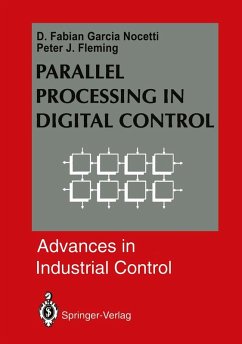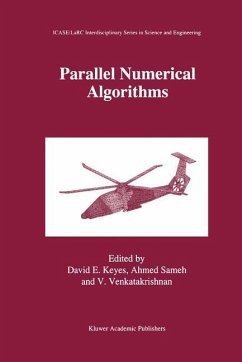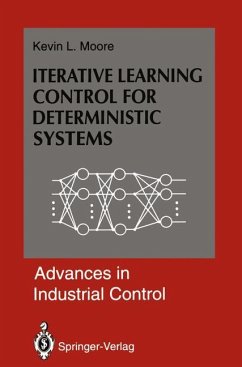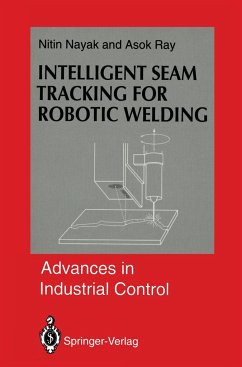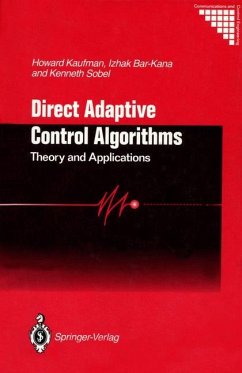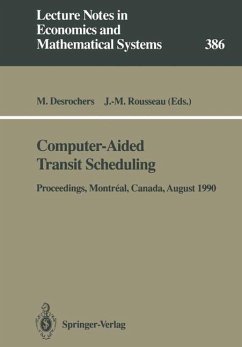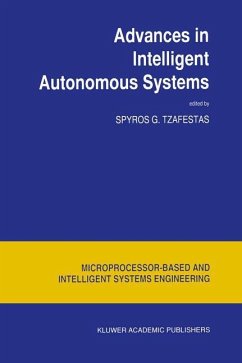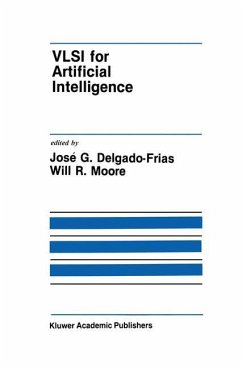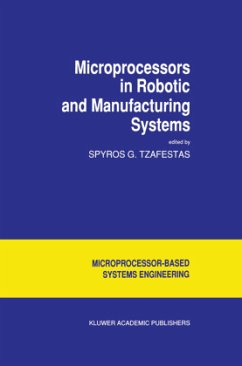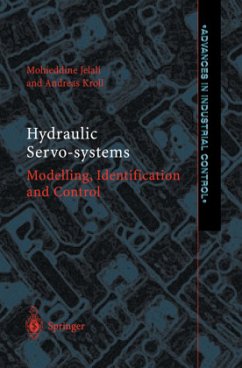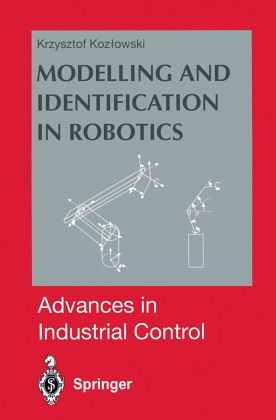
Modelling and Identification in Robotics

PAYBACK Punkte
38 °P sammeln!
As the use and relevance of robotics for countless scientific purposes grows all the time, research into the many diverse elements of the subject becomes ever more important and in demand. This volume examines in depth the most topical, complex issues of modelling and identification in robotics. The book is divided into three main parts. The !first part is devoted to robot dynamics modelling and identification of robot and load parameters, incorporating friction torques, discussing identification schemes, and presenting simulations and experiment al results of robot and load dynamic parameters...
As the use and relevance of robotics for countless scientific purposes grows all the time, research into the many diverse elements of the subject becomes ever more important and in demand. This volume examines in depth the most topical, complex issues of modelling and identification in robotics. The book is divided into three main parts. The !first part is devoted to robot dynamics modelling and identification of robot and load parameters, incorporating friction torques, discussing identification schemes, and presenting simulations and experiment al results of robot and load dynamic parameters identification. A general concept of robot programming language for research and educational purposes is examined and there is a detailed outline of its basic structures along with hardware requirements, which both constitute an open robot controller architecture. Finally a hybrid controller is derived, and several experimental results of this system are outlined. This impressive discussionof the topic covers both the theoretical and practical, illustrated throughout by examples and experimental results, and will be of value to anyone researching or practising within the field of robotics, automation and system i dentification or to control engineers.





